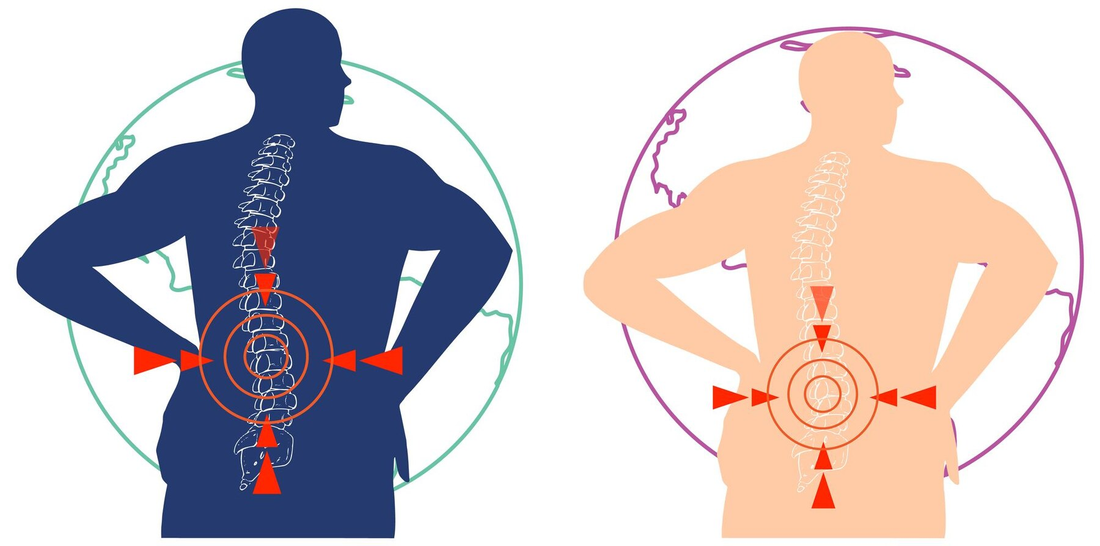Transcutaneous Electrical Nerve Stimulation (TENS) has emerged as a promising modality for pain management, offering relief without the side effects associated with medications or invasive procedures. However, to fully grasp the potential of TENS therapy, it's essential to understand the science behind its mechanisms of action. Let's embark on a journey to explore the scientific principles that underpin TENS therapy and its application in pain relief.
Mechanism of Action:
At the heart of TENS therapy lies the principle of electrical stimulation of nerves. When electrodes are placed on the skin and deliver low-voltage electrical impulses, they activate sensory nerves in the vicinity. These electrical signals travel along nerve fibers, eventually reaching the spinal cord and brain.
Gate Control Theory:
One of the prevailing theories explaining the efficacy of TENS therapy is the Gate Control Theory of Pain. According to this theory, the spinal cord contains "gates" that control the transmission of pain signals to the brain. When electrical impulses from TENS therapy are applied, they activate non-painful nerve fibers, effectively closing these gates and inhibiting the transmission of pain signals.
Endorphin Release:
In addition to modulating pain signals, TENS therapy is believed to stimulate the release of endorphins, the body's natural pain-relieving chemicals. Endorphins act as neurotransmitters, binding to opioid receptors in the brain and spinal cord to block the perception of pain and induce feelings of euphoria and well-being.
Frequency and Intensity:
The effectiveness of TENS therapy is influenced by various factors, including the frequency and intensity of electrical stimulation. High-frequency stimulation (typically above 50 Hz) is thought to activate opioid receptors and induce analgesic effects, while low-frequency stimulation (below 10 Hz) may produce longer-lasting pain relief through mechanisms such as endorphin release.
Application Techniques:
Proper electrode placement is essential for maximizing the efficacy of TENS therapy. Electrodes should be positioned over or near the area of pain, ensuring good skin contact to facilitate the transmission of electrical impulses. Experimentation with different electrode placements and settings may be necessary to determine the most effective configuration for individual pain relief needs.
Safety Considerations:
While TENS therapy is generally safe, certain precautions should be taken to avoid adverse effects. Individuals with pacemakers or implantable devices should consult with a healthcare professional before using TENS units, as electrical stimulation may interfere with these devices. Additionally, TENS therapy should not be applied over areas of broken skin or near the eyes, throat, or chest.
Understanding the science behind TENS therapy is essential for harnessing its full potential in pain management. By modulating pain signals, stimulating endorphin release, and activating physiological responses, TENS therapy offers a non-invasive and effective approach to relieving pain and improving quality of life.




